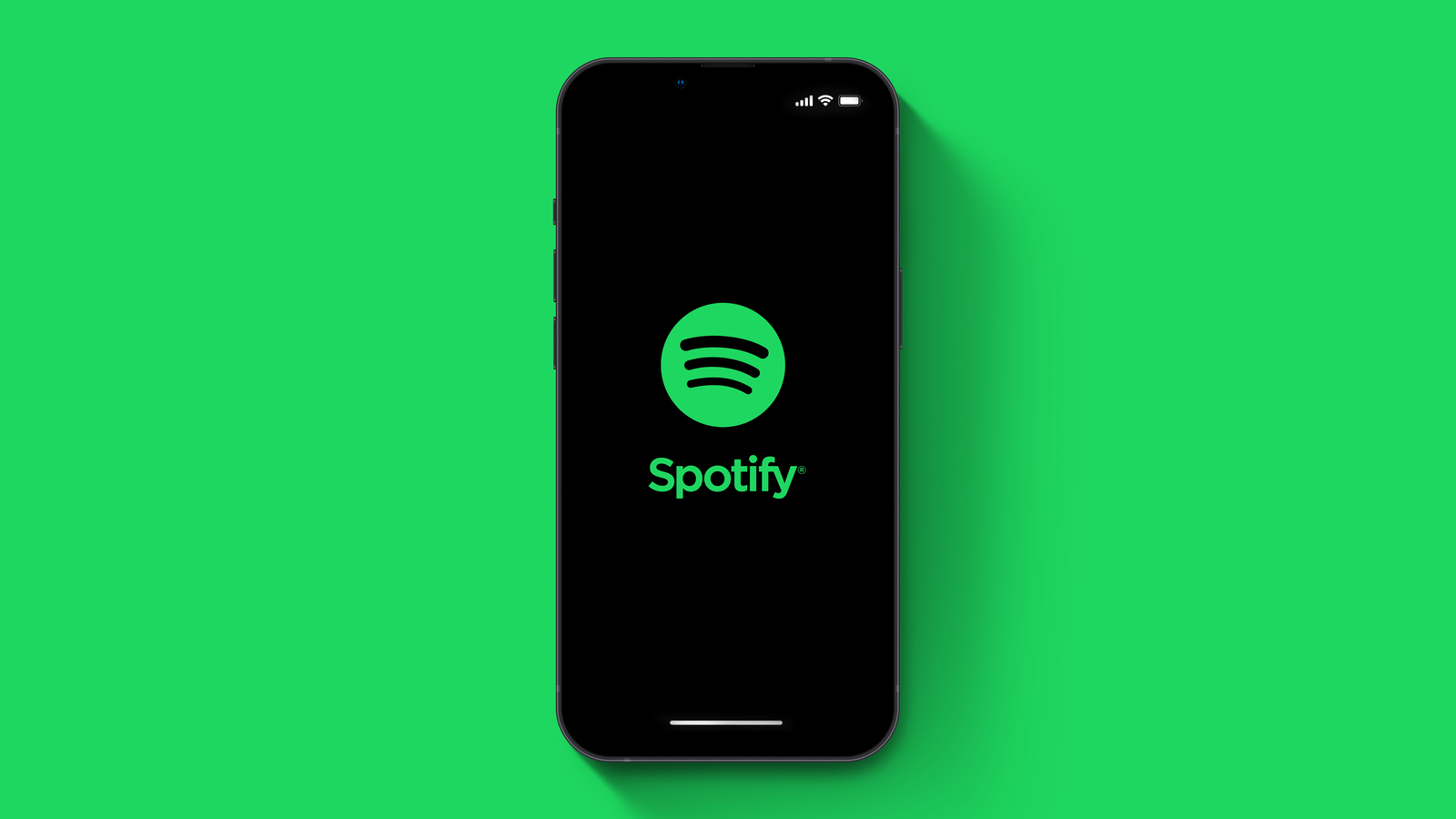I remain upbeat on Spotify (NYSE:SPOT) stock after the company earlier this week reported very robust first-quarter results. I believe that the company’s Q1 earnings strongly support my bullish thesis on the name which I outlined in a recent, previous column. As a result, I continue to recommend that long-term growth investors buy the shares.
While Spotify’s guidance for a significant second-quarter operating loss has weighed on the shares in the wake of the earnings report, I do not find the news at all worrisome.
Strong First-Quarter Results
Despite the termination of Spotify’s Russia business, the number of the company’s Premium Subscribers jumped 15% year-over-year to $182 million, while its overall monthly user base jumped 19% YOY to $422 million.
When it comes to financial metrics, the company’s results were even more impressive, as its top line surged 24% YOY and its ad revenue soared 31% YOY. On the guidance front, Spotify predicts that its Q2 sales will increase to 2.8 billion euros, up from 2.66 billion euros in Q1. Moreover, despite all of the inflationary pressures we’ve been hearing so much about this year, Spotify expects its Q2 gross margin to come in at 25.2%, unchanged versus Q1.
Thesis Strengthened
Two elements of my previous, bullish thesis on Spotify were strengthened by the company’s Q1 earnings report. First of all, Spotify reported that its free cash flow would be positive this year. As a result, my confidence in its ability to generate $2 of earnings per share in 2023 has been increased. And consequently, I’m more convinced that the valuation of SPOT stock is attractive.
Secondly, in my previous article, I wrote that Spotify “and SPOT stock are exceptionally well-positioned to benefit from the huge growth of podcast audiences.” In Q1, Spotify’s “podcast consumption rates grew in the double digits Y/Y, and podcast share of overall consumption hours on our platform reached another all-time high,” Spotify reported in its Q1 shareholder letter. As a result, I remain convinced that, over the medium term and the long term, podcasts will be tremendously positive for Spotify’s financial results and SPOT stock.
The Q2 Operating Loss
One of the main reasons that Spotify’s shares fell in the wake of its Q2 results was that the company said that it expects to generate a Q2 operating loss of 197 million euros.
Of the total loss, 50 million euros are due to unfavorable currency fluctuations, while a portion of the remainder reflects short-term marketing and sales initiatives by the company. Spotify did say that it was hiring more new employees to bolster its R&D efforts. Such investments, however, are necessary for every tech company.
Moreover, given the fact that a large portion of the spending increases are due to temporary factors, while Spotify expects positive free cash flow this year, I am not concerned about the Q2 guidance.
And in light of the strength of Spotify’s Q1 financial results and the company’s positive outlook, I remain very bullish on SPOT stock.
On the date of publication, Larry Ramer did not have (either directly or indirectly) any positions in the securities mentioned in this article. The opinions expressed in this article are those of the writer, subject to the InvestorPlace.com Publishing Guidelines.
